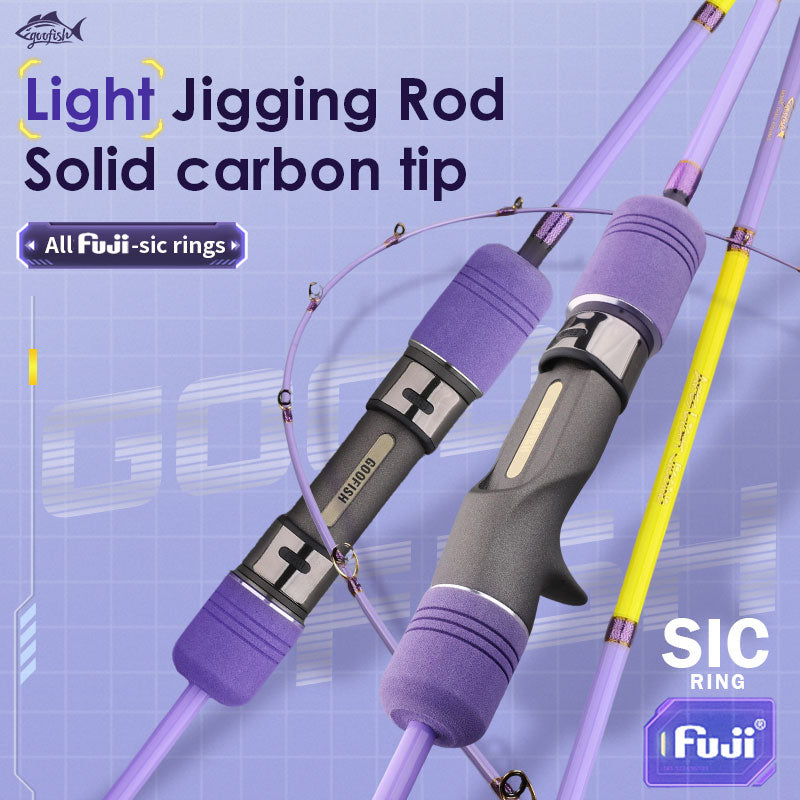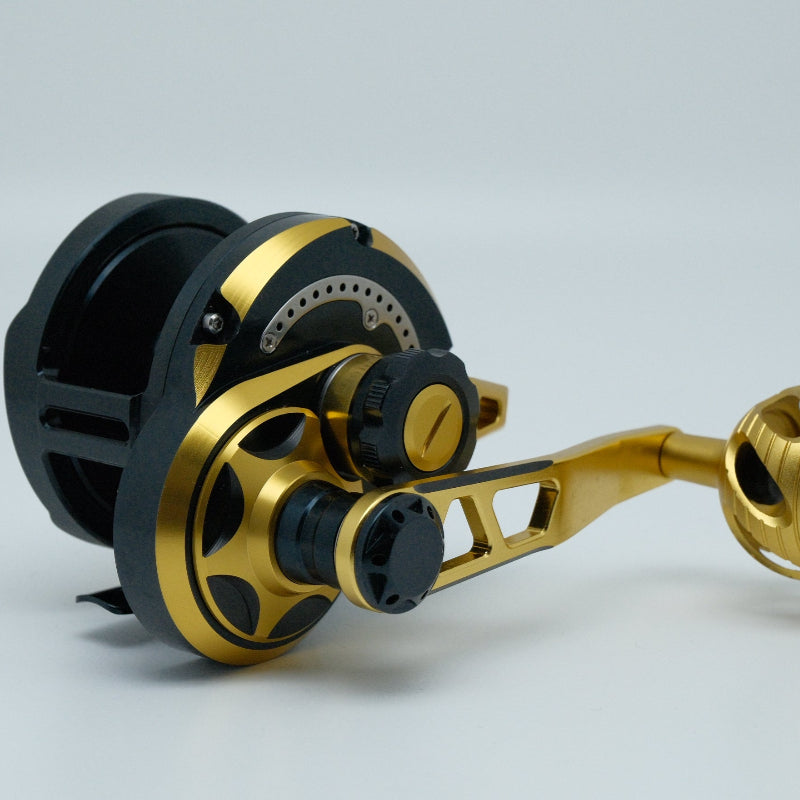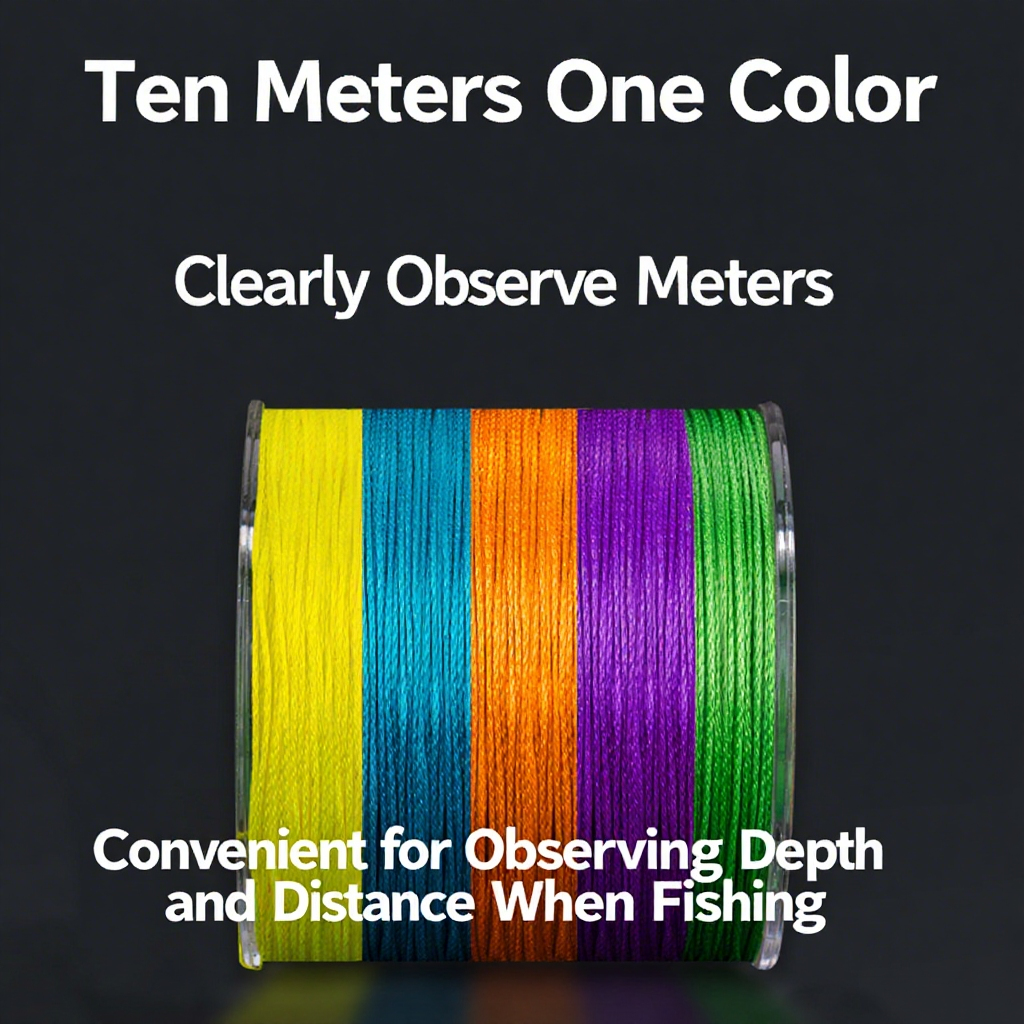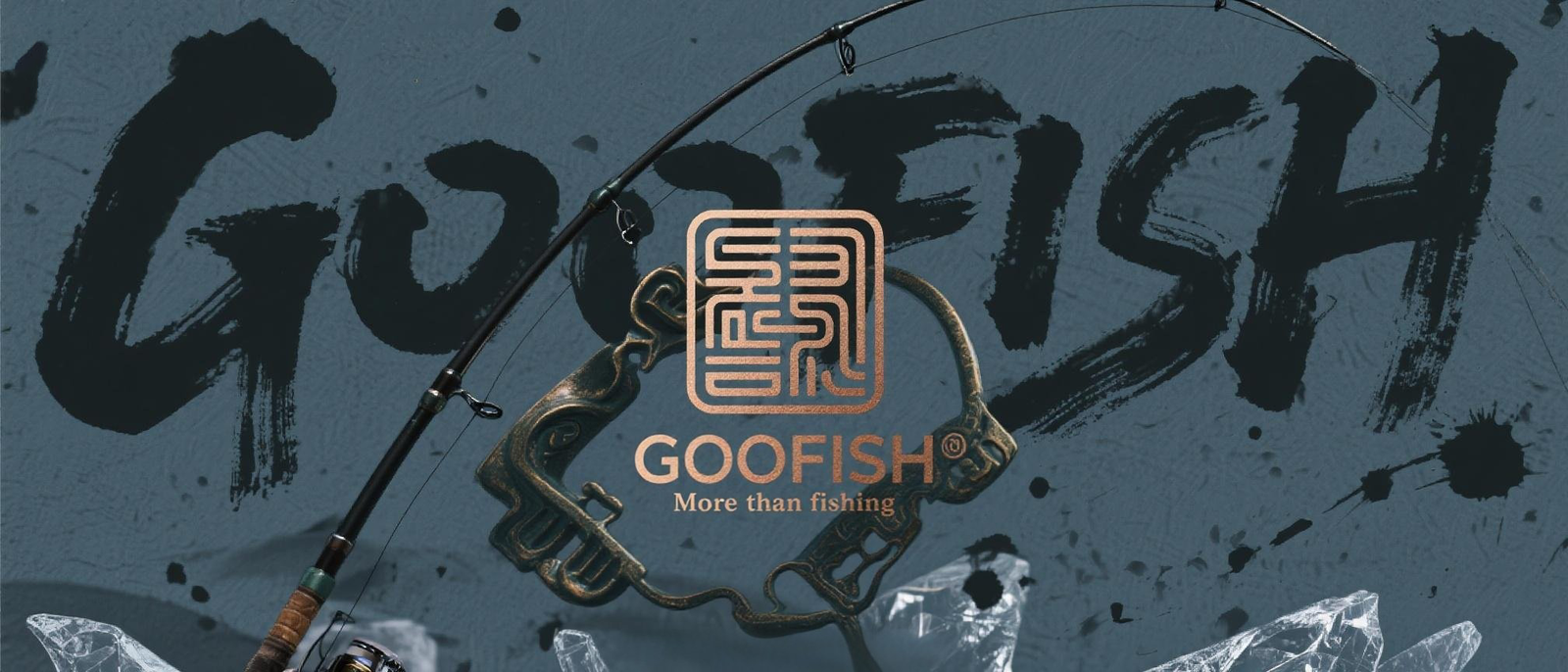"From Novice to Boat Owner: The Saltwater Truth I Learned in 500 Empty Hooks—Fish Don’t Eat ‘Perfect Bait’"
Let me start with a confession: I used to believe in "perfect bait." As a greenhorn angler, I’d obsess over gear—researching the best walleye jigging rod, debating the best rod for jig fishing, and even splurging on "premium" lures that promised "irresistible action." But after 500 empty hooks and a decade of saltwater chases, I’ve learned the hard way: fish don’t care about your "perfect" tackle box. They care about truths. And here’s the biggest one I’ve uncovered: fish eat instinct, not perfection.
The 500 Empty Hooks: A Crash Course in Humility
My journey began with a dream: to own a boat, fish like a pro, and fill my cooler with grouper and snapper. Instead, my first year was a parade of limp lines and silent reels clicks. I’d rig the "ultimate" jig—shiny, aerodynamic, "scientifically proven"—only to watch fish dart past it like it was invisible. I’d blame the tide, the moon, even the fish themselves. Then, on trip 499, I had an epiphany: I was overcomplicating it.
The Myth of the "Perfect Bait" (Spoiler: It Doesn’t Exist)
Fish are survivors, not food critics. They’ve evolved to ignore "perfect" lures—those overly vibrant, hyper-realistic fakes that scream, "I’m fake!" In reality, they’re drawn to imperfection: a jig that wobbles awkwardly, a baitfish that struggles to swim straight, or a presentation that mimics prey in distress. Once, I watched a seasoned captain swap my "premium" soft plastic for a tattered, hand-carved minnow—and catch three snapper in 10 minutes. "Fish don’t want a buffet," he laughed. "They want a fight."
The Gear That Matters: Why "Best" Depends on You
Don’t get me wrong—gear still matters. But the best walleye jigging rod isn’t about specs; it’s about feel. A rod that’s too stiff? It’ll miss the subtle taps of a cautious fish. One that’s too soft? It’ll fail to set the hook when you finally get a bite. After testing rods from budget to "pro-level," I settled on a mid-range graphite model with a fast taper—balanced enough for casting jigging combos all day, yet sensitive enough to detect a bluegill’s nibble. Pair it with a low-gear-ratio reel (for smooth, controlled retrieves) and 10-15 lb braided line (invisible underwater, yet tough enough to handle a feisty grouper), and you’ve got a setup that works—not because it’s "best," but because it fits.
Jig Fishing: Less "Perfect," More "Purposeful"
Here’s the secret sauce: jig fishing isn’t about the lure. It’s about storytelling. When I cast a slow-pitch jig now, I’m not just "throwing a line"—I’m narrating a tale. A gentle upward flick? That’s a wounded minnow struggling to stay afloat. A steady sink? A baitfish descending to hide. Fish don’t see the lure—they feel the story. And when I stopped trying to "impress" them with "perfect" gear, I started connecting.
From Empty Hooks to Ownership: The Real Catch
Today, I own a 24-foot center console, and my boat’s hull is scarred with the stories of those 500 empty hooks. But here’s what matters: I no longer chase "perfection." I chase understanding—of tides, of fish behavior, of my own limits. The best jigging rods? They’re just tools. The real "best" is the patience to learn, the courage to adapt, and the humility to admit when the fish are teaching you.
So, if you’re still chasing that "perfect bait" or obsessing over gear specs, take it from a former novice-turned-boat-owner: grab a best rod for jig fishing (even a mid-range one), tie on a beat-up jig, and cast with purpose. The fish won’t care about your tackle box—they’ll care about the story you’re telling. And trust me, the empty hooks? They’re just part of the plot.











Leave a comment